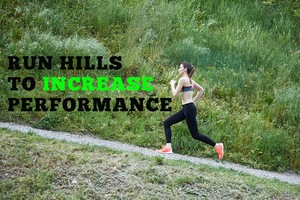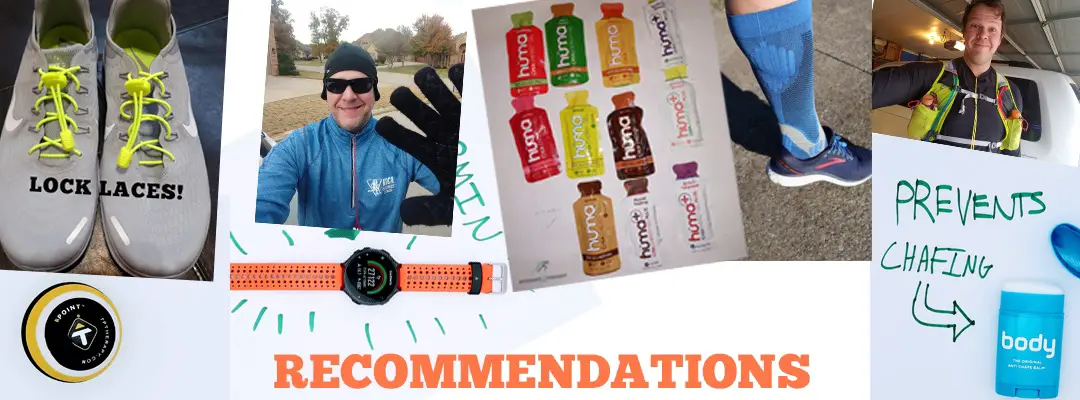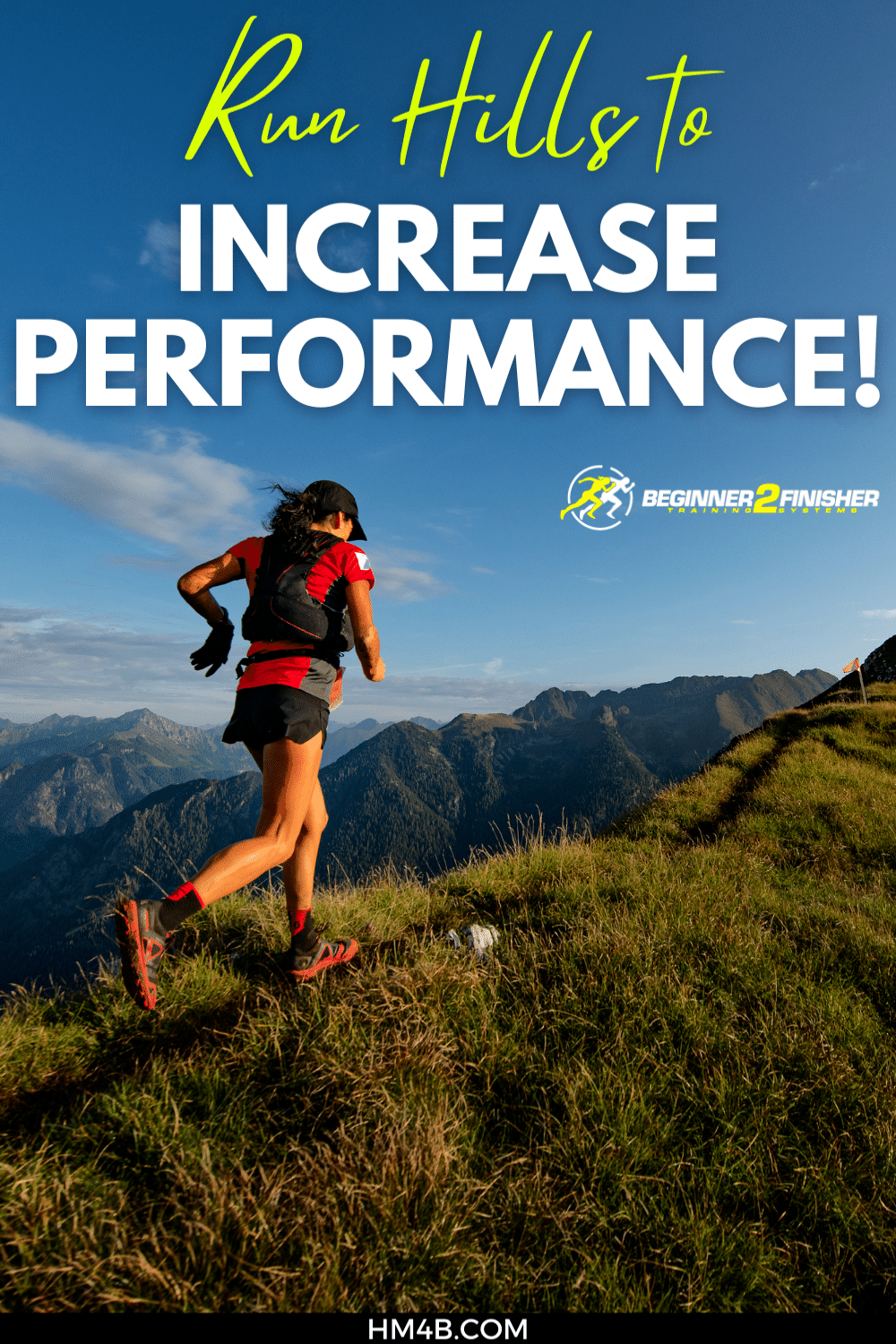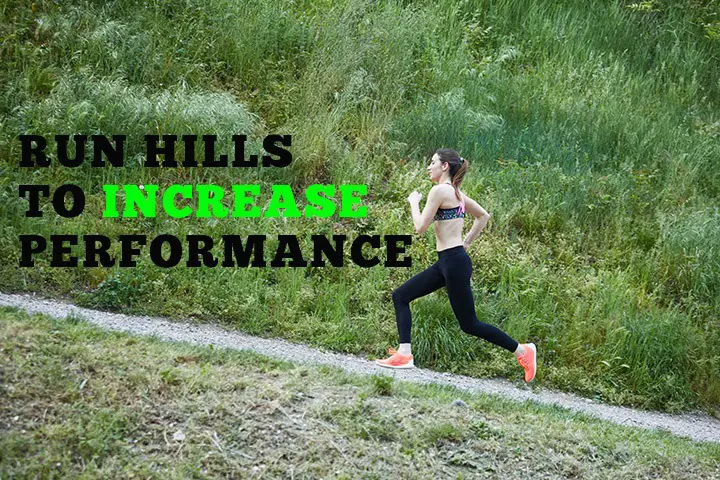 Take two runners that have the same training regime, weekly mileage, rest days, etc. If you were to change only one variable, perhaps adding hills, to one of the runners’ training cycles, then the runner that incorporates hills into his training will be faster than the other runner.
Take two runners that have the same training regime, weekly mileage, rest days, etc. If you were to change only one variable, perhaps adding hills, to one of the runners’ training cycles, then the runner that incorporates hills into his training will be faster than the other runner.
Why do we run hills?
Running hills helps minimize training injuries and boosts your speed at the same time. Hill training can be considered a type of interval training where you run up the hill then jog or walk back down and repeat. Interval training helps both your aerobic and anaerobic (without oxygen) training zones. An additional benefit of interval training is what is referred to as the “afterburn” which continues to burn calories even at rest.
Common types of hill running can come in the form of hill sprints and long gradual hills. As with all interval training, including hills, you should always take the time to warm up for at least 10 minutes or a couple of miles of easy running. Let’s take a closer look at these forms of hill running:
Hill sprint repeats
- Warm up for two miles at an easy pace.
- Sprint up the hill for a specific amount of time ( 8, 10, 12 secs, etc.).
- Jog or walk up the hill to allow your body to rest for the next interval (1-3 minutes).
- Repeat steps 2 and 3 for a specific amount of intervals (4, 6, 8, 10)
Obviously, if you’ve never done hill intervals then you want to start at 4 repeats for the first week and then slowly increase each week.
Example of a hill sprint repeat explicitly stated: 10 x 2 x 8
This translates to 10-second sprints, 2 minutes rest, repeat 8 times
Breakdown:
- 10-second sprints, rest 2 minutes
- 10-second sprints, rest 2 minutes
- 10-second sprints, rest 2 minutes
- 10-second sprints, rest 2 minutes
- 10-second sprints, rest 2 minutes
- 10-second sprints, rest 2 minutes
- 10-second sprints, rest 2 minutes
- 10-second sprints, rest 2 minutes
If you have rolling hills you can use them as interval training as well.
Long gradual hills
The longer hills with a gradual slope are intended for a medium effort which is anywhere from 15-30 seconds slower than your goal pace. Gradual hills are most beneficial when you have a race that mimics the long gradual hill. This could be done with intervals, however, the goal is to sustain a steady pace even while running up the hill to simulate race day.
Effort trumps pace
It’s not unrealistic if you find yourself slowing your pace down overall. You need to measure your effort and put your pace ego aside. You will be slower overall when you incorporate extensive hill training into your cycle.
Proper form for running uphill
When we run uphill, some of us will want to lean too far into the hill. In order to get up the hills, we need to drive from the hips. When we lean too far forward, our hip flexor muscles can’t perform like they’re designed to. They will have a limited range of motion.
The key is to lean slightly forward. Your foot strike will naturally tend to shift to the toe part of your foot when running up hills.
Related: Best Hip Flexor Strengthening Exercises For Runners
Also, leaning too forward limits your push-off capability because your body is off-axis. If you stand up and bend at the waist and attempt to jump with your toes, it’s really hard to do right?
Again, a slight lean is OK, but too far of a lean will limit the range of motion which will hinder your efficiency.
Proper form for running downhill
What goes up must come down, right? Running downhill is the time to regain some of your speed back that was lost climbing the hill. It’s not, however, time to go wheels off and lean extremely far forward sprinting to the bottom. Your footstrike will tend to be on your heels, which is your body’s natural way of compensating for the shift in gravity and slope so that you don’t fall over and tumble down the mountain.
Don’t lean too far back which can cause an over braking effect.
The crest of the hill
When you’re almost to the top of the hill try to push through the crest and not slow down entirely. This will help you ease into your downhill journey on the opposite side.
Benefits of running hills:
- Makes you faster – Hill sprint repeats at 8, 10, or 12 seconds to increase your speed. Hills give you the benefit of sprinting with less strain on your muscles. Since there is less footfall that has to occur due to the slope of the hill you’re able to get a great workout in and minimize overall injuries to your legs.
- Improves Elasticity
- Helps increase VO2 Max and muscle strength
Related: What Are Strides In Running? Can They Improve My Performance?
Do you need a safe and easy way to test your VO2 Max (cardiovascular fitness level)?
VO2 Max is the overall volume of oxygen you can move in and out of your system while running under a certain stressed level. VO2 Max in the simplest terms determines how efficiently you can run without getting winded – basically your overall cardiovascular fitness level. Most of the newer GPS smartwatches will measure your VO2 max, but some argue that it isn’t as accurate as VO2 Max lab testing.
The Rockport 1 mile walk test has been shown to provide fairly precise results for calculating your VO2 Max. The best part is that the Rockport 1-mile walk test requires no special lab equipment for testing and anyone that can walk will be able to perform the test.
Related: 11 Reasons Why Your Running Performance Isn’t Improving!
| Help support me and subscribe to my YouTube channel. YouTube video - 30 ways to make your runs less painful! Coach Scott's Credentials:
|
To sign up for a FREE half marathon training schedule, log sheet, and pace predictor CLICK HERE.

Recommended gear for runners
Connect with me:
| facebook.com/BeginnerToFinisher/ |

